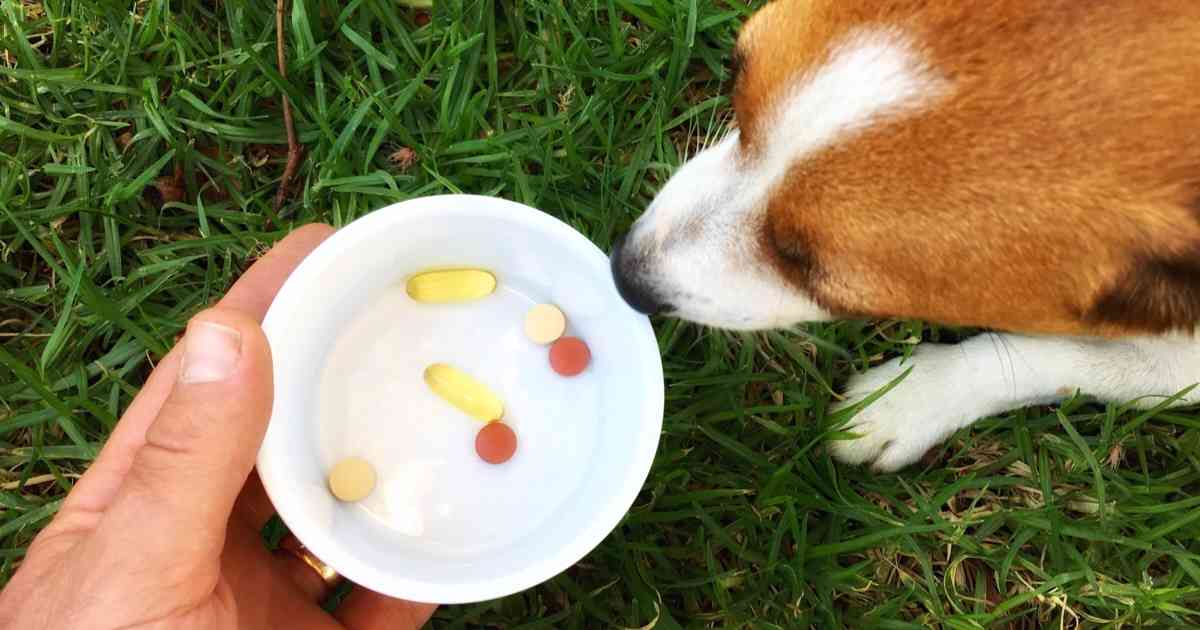Updated April 13, 2021
In 2020, the American Animal Poison Control Center (APCC) published its data on poisonings in dogs. This could be the best information we have on household dangers to our canine friends.
From a dog-owner perspective, it contains two important lists: the top 5 reported poisonings and the top 20 fatalities. As you will see, these are quite different.
The Top 5 Poisons Of Dogs
- Chocolate
- Ibuprofen (Nurofen®, Advil® etc)
- Sucrose-containing foods
- Nitrogen-based fertilizers
- Acetaminophen (paracetamol)
These are good to know, and easy to prevent. Though it’s hard to see the problem with sucrose.
The Top 20 Most Fatal Dog Poisons
The APCC have also listed their known fatalities in order of the percent of reported dogs that died. I’ve linked each poison to its relevant Wikipedia page if you want to read more. See my comments afterwards.
| Poison | % Fatal | What is it? |
| Fluorouracil | 65 | Cytotoxic skin cream |
| Thioctic acid | 64 | Antioxidant dietary supplement |
| Phenylbutazone* | 56 | Anti-inflammatory drug |
| Ethylene dichloride | 54 | Solvent, reagent |
| Amlodipine* | 43 | Blood pressure medication |
| Blue-green algae | 43 | Pond microbes |
| Hydroxyurea | 42 | Cytotoxic human drug |
| Didecyl dimethyl ammonium chloride | 41 | Quaternary ammonium disinfectant |
| Hydrogen peroxide | 40 | Bleach, disinfectant |
| Stoddard solvent | 40 | Mineral turpentine |
| Mirtazapine* | 40 | Human antidepressant |
| Ethylene glycol | 39 | Engine coolant antifreeze |
| Calcitriol | 38 | Vitamin D supplement |
| Green tea extract | 38 | Weight loss product |
| Methomyl | 38 | Carbamate insecticide |
| Lamotrigine | 37 | Anticonvulsant, antidepressant |
| Bromethalin | 37 | Rat poison (not Australia) |
| Caffeine | 34 | Life-giving drug for humans |
| Aldicarb | 33 | Carbamate insecticide |
| Colchicine | 33 | Multi-use human drug |
Key Findings
This list helps us understand which toxins are of greatest importance. You can see that one category stands out: medications
Nine are common human treatments, whether prescribed or not. Dogs gain access when they are left around carelessly or dropped in their presence. The ones marked with an asterisk (*) are also used in dogs.
The rest are all caused by access to common household poisons. With the exception of just two:
- blue-green algae come from stagnant water sources
- phenylbutazone is an outdated anti-inflammatory used mostly in horses
If this new evidence tells us anything, it’s that most poisonings occur by accident, not design. And that dogs will have a go at things you’d never expect them to eat.
I’ve certainly learnt a lot. Mainly to be a lot more careful about what I leave out.
Related: Poisonings In Adelaide Pets | Vitamin D
Swirski, A. L., Pearl, D. L., Berke, O., & O’Sullivan, T. L. (2020). Companion animal exposures to potentially poisonous substances reported to a national poison control center in the United States in 2005 through 2014. Journal of the American Veterinary Medical Association, 257(5), 517-530
Have something to add? Comments (if open) will appear within 24 hours.
By Andrew Spanner BVSc(Hons) MVetStud, a vet in Adelaide, Australia. Meet his team here.


Hi My staffy has week back legs and very wobbly. I have looked up poisons and what causes wobbly legs. Its happened very quickly. I do feed both my boys chicken necks and also I did have stagnant water in a small pool in my back yard.
I won’t feed them chicken necks until I take him to a vet.
He is very sleepy and not himself.
I’m just letting him sleep now.
Hope you have some advice for me.
Kind regards
Buzzy Lizzy
Hi Lizzie,
Sorry I can’t help much more, especially not knowing the age of your dog which has a lot to do with which diseases are more common. Definitely go and see your vet as soon as possible as some of the conditions require quite urgent treatment.
Hi Andrew, can you please tell if the leaves from my ornamental plum (prunus nigra) are highly toxic? Our puppy likes to play in the fallen leaves and will sometimes put them in her mouth and bring them inside
Thank you
Hi Kerry. I have no specific information sorry but that itself should provide some comfort as most poisonous plants are well publicised.